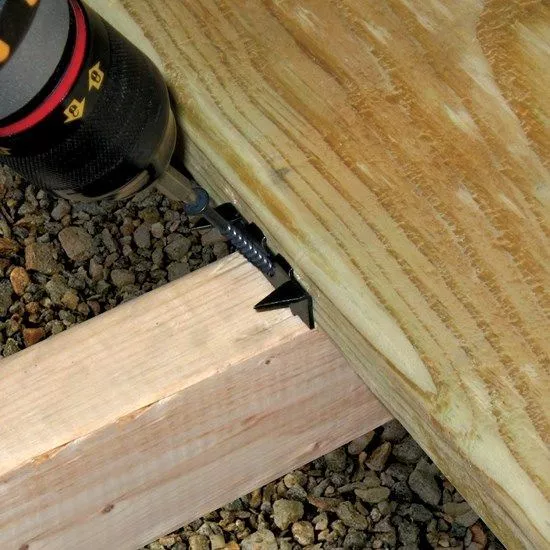Types of decking and fixing materials for quality deck designs
An outdoor deck is a smart and stylish way to create a smooth transition from indoors to outdoors to give a home some extra space. Decks creates a highly versatile area that can be used for seating, lounging, outdoor furniture, raised garden beds, and even storage. Decks can also complement any outdoor space, from a small courtyard to a large commercial pool, to create an attractive outdoor lifestyle that will make any place stand out.
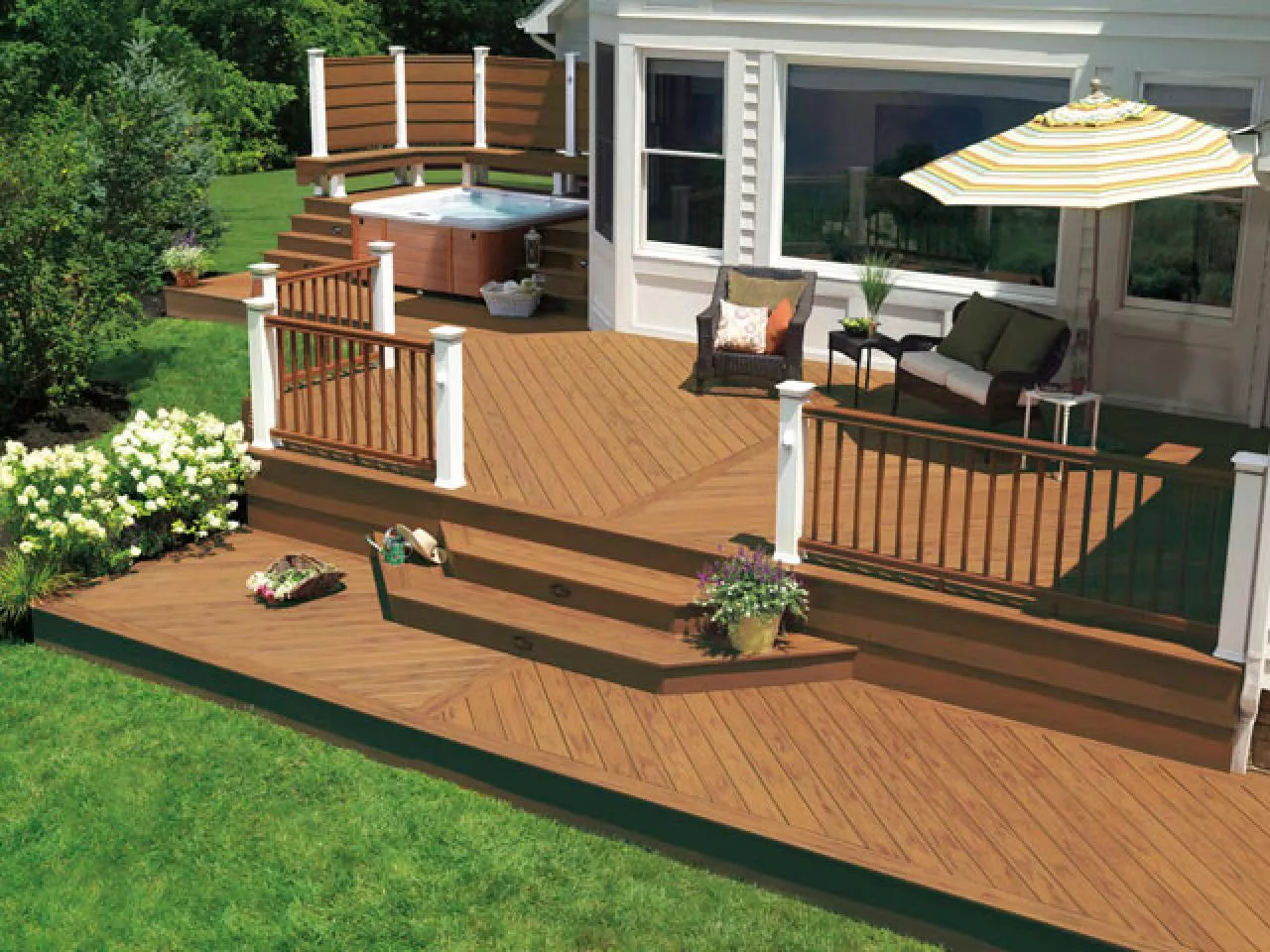
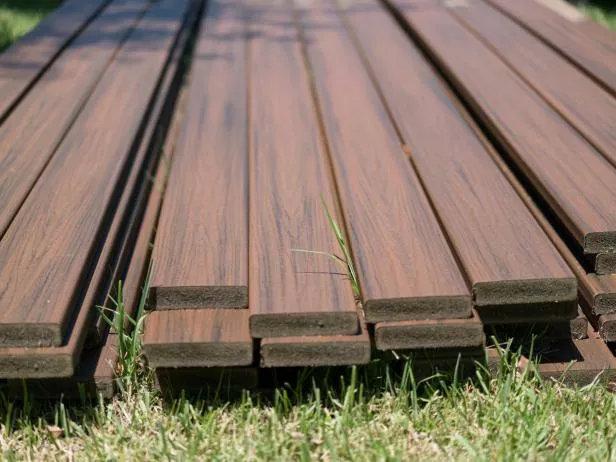
Decking materials
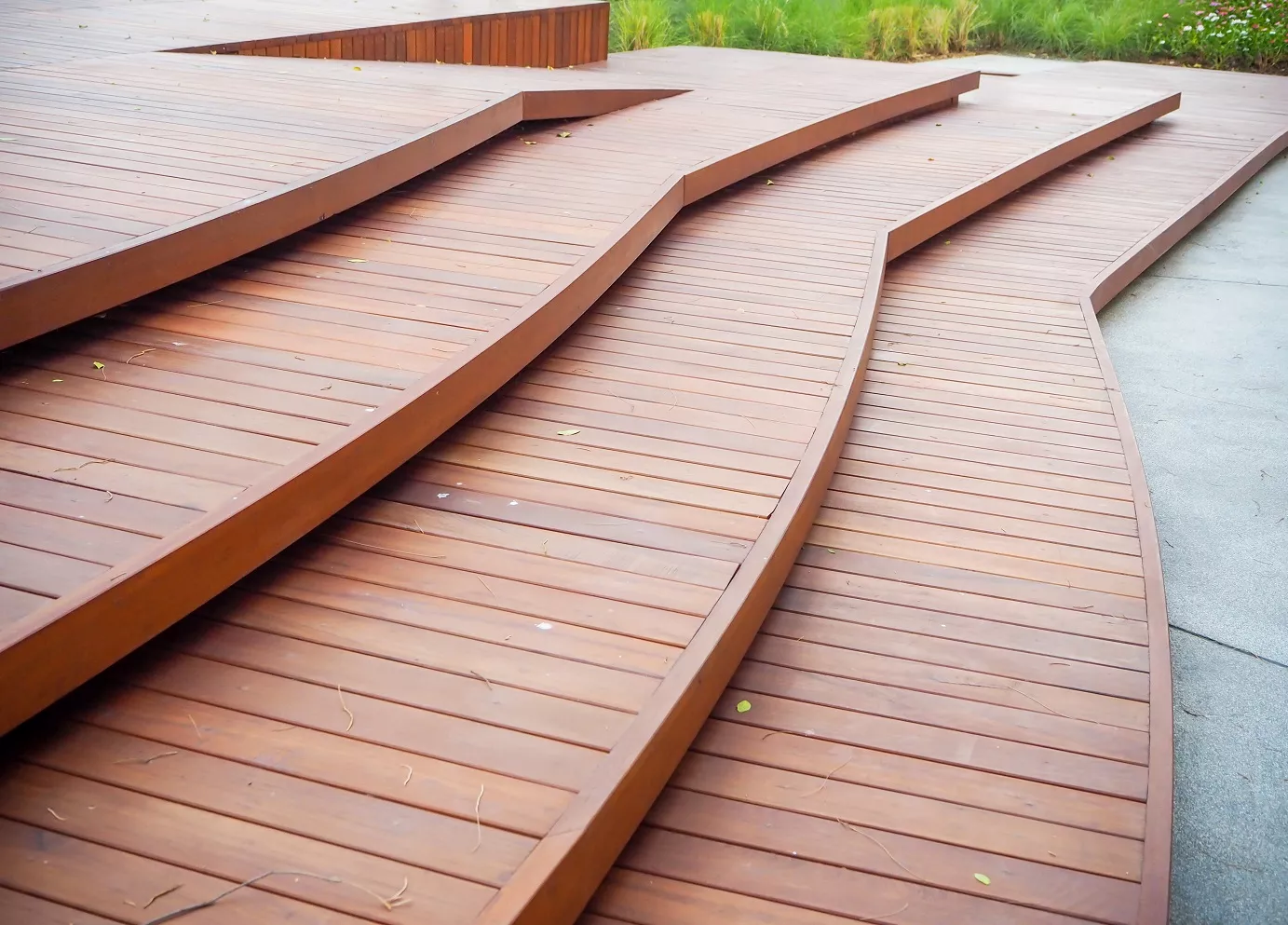
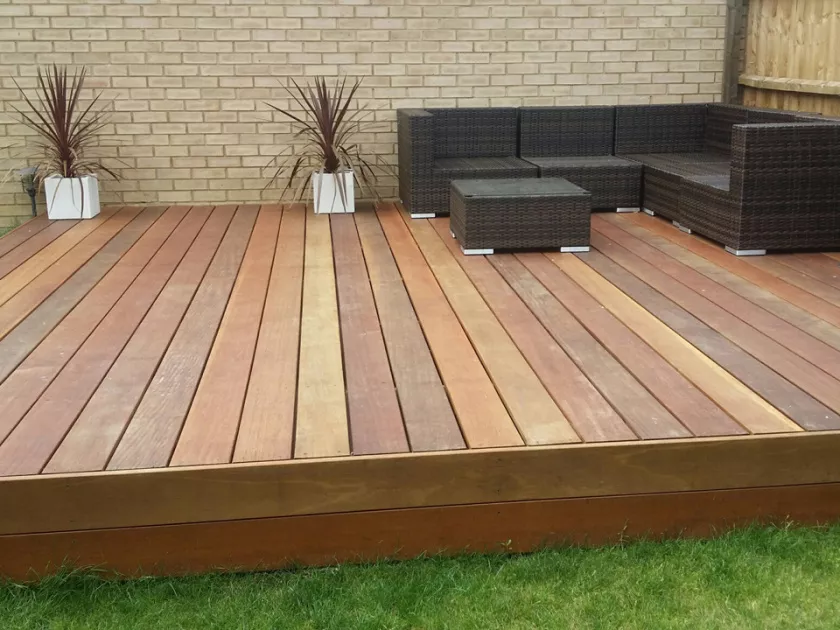
Timber deck
First, each timber species has a unique appearance and texture that will affect how the final deck looks like. Second, different timber species have different durability that is affected by the location of the deck. If the deck is exposed to a lot of sunlight or rain then homeowners should consider a more durable species as opposed to decks under shade. In BAL (Bushfire Attack Level) rated areas, homeowners should also select a BAL rated timber suitable for them.
Third, although timber decks, in general, requires more maintenance compared to composite decks, certain species require more attention than others. For instance, jarrah and Fijian mahogany turn into an elegant grey if left over time. Finally, the different appearance, durability, and supply of the timber species make the price range variable so homeowners should also consider their budget for a timber deck.
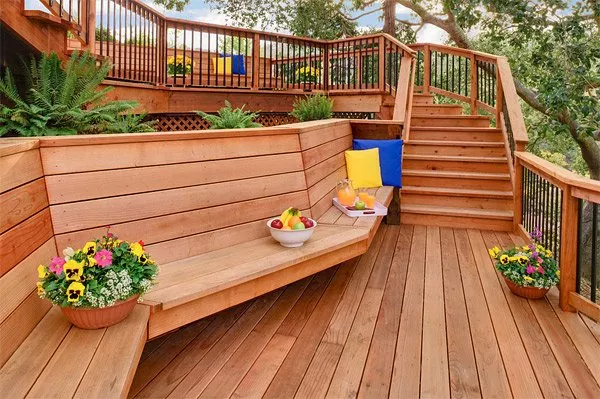
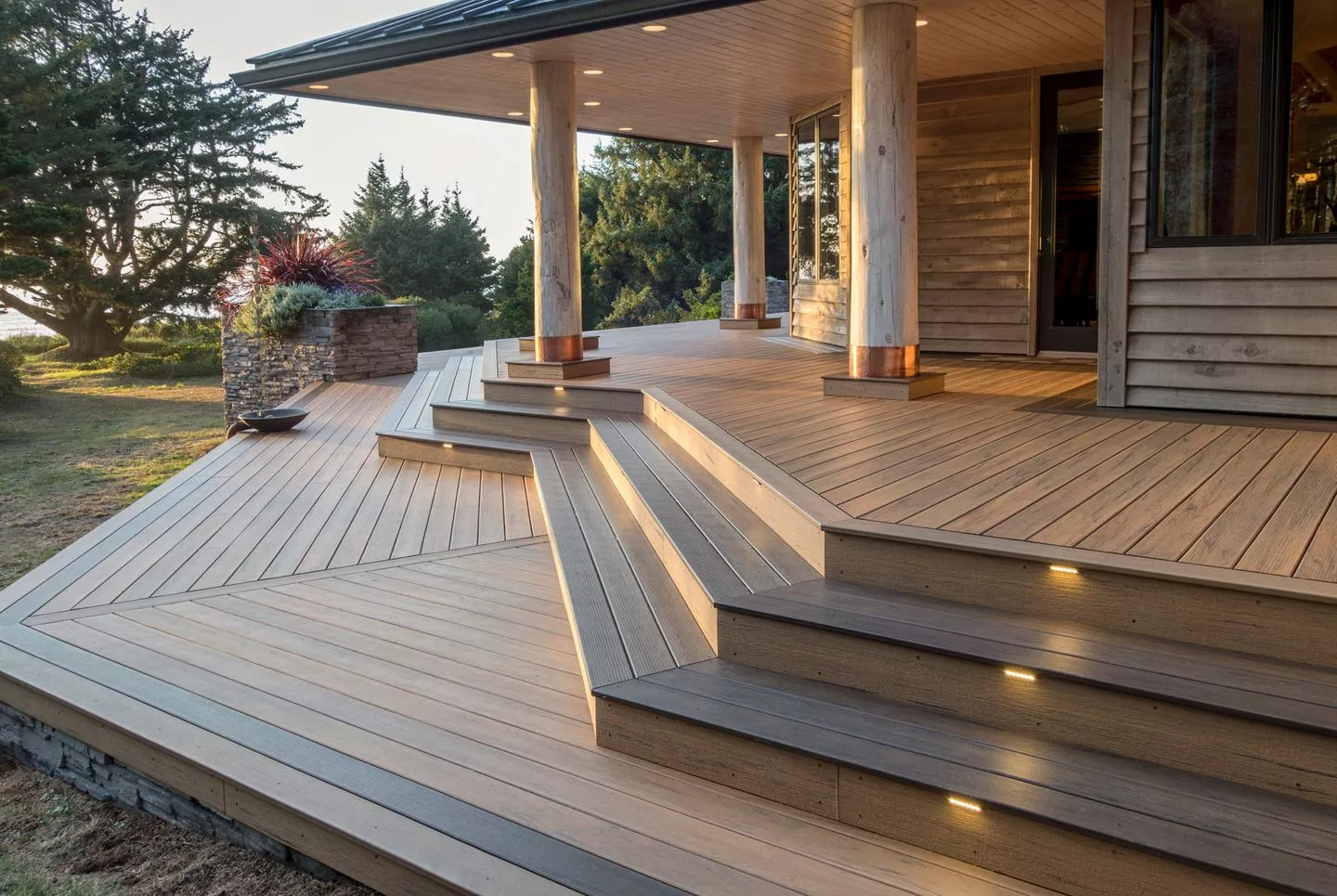
Composite deck


Decking boards
Decking tiles

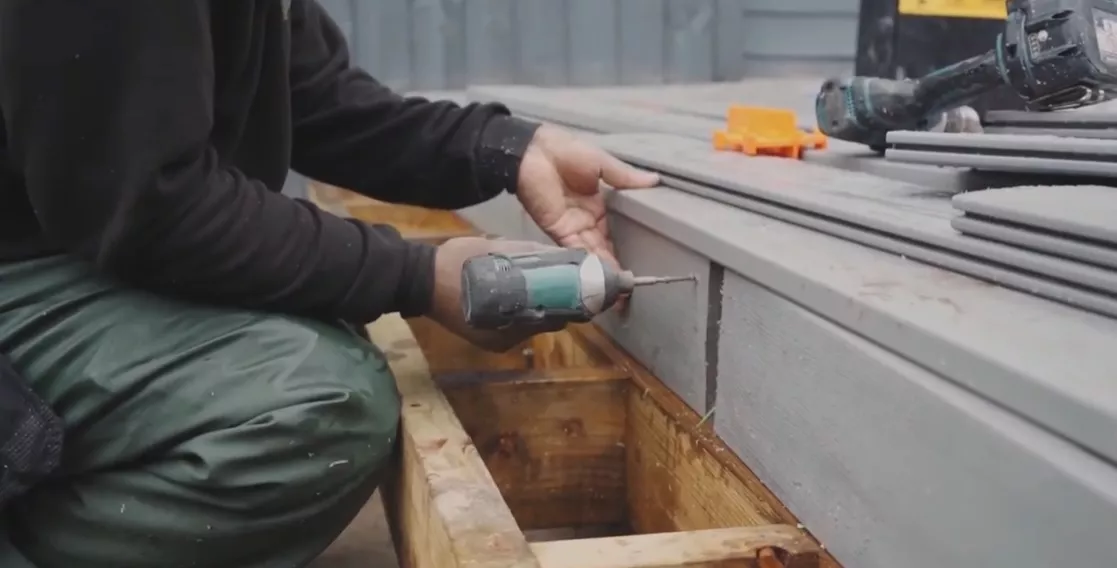
Decking fixings
Corrosion resistance


Decking screws
Hidden fixings
